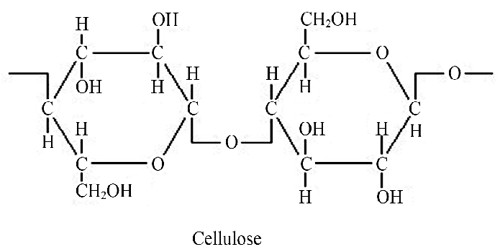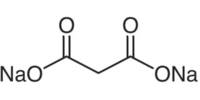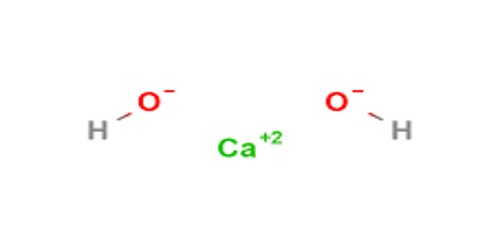Cellulose is the main chemical that forms the main structure of plants. It is the main substance found in plant cell walls and helps the plant to remain stiff and strong. It is the most abundant macromolecule on Earth. It is a polysaccharide of glucose units that constitutes the chief part of the cell walls of plants, occurs naturally in such fibrous products as cotton and kapok. It is also fiber. It is used to make clothes and paper. In cotton, it makes clothes like t-shirts and jeans.
Cellulose is made from a form of glucose and makes up most of the cell wall of plant cells. This is what keeps a plant in shape. Humans cannot digest cellulose, but it is important in the diet as a source of fiber. Humans and other animals cannot digest cellulose but some animals such as termites and ruminants use bacteria to digest it. It is generally synthesized by plants, but it is also produced by some bacteria. It is also produced in a highly hydrated form by some bacteria (for example, Acetobacter xylinum).
It is a polysaccharide, which is repeating units of a monosaccharide joined together by a glycosidic bond by a condensation reaction, there is a by-product of water, found in plants. It is the main substance in the walls of plant cells, helping plants to remain stiff and upright. It is very tough because when you join beta glucose together, they are opposite ways up, the bonds are straight, forming straight chains. There are hydrogen bonds between the polymers.
These fibers are in bundles of about 40, called microfibrils. Microfibrils are embedded in a hydrated network of other polysaccharides. The cell wall is assembled in place. The parts are made inside the cell and then assembled by enzymes associated with the cell membrane. For humans, cellulose is also a major source of needed fiber in our diet.
















